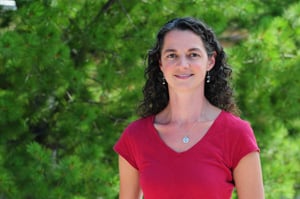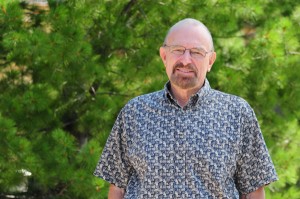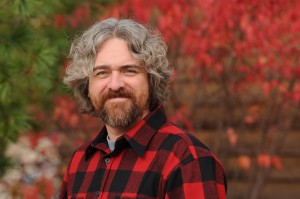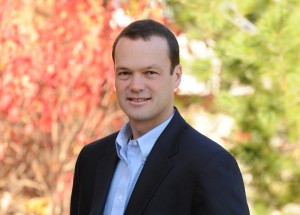Graduate student Brenda Bergman and second year student Ashley Dennis have received a $100 scholarship from the Michigan Alliance for Environmental & Outdoor Education (MAEOE) to attend the annual MAEOE conference in Bay City that will be Oct. 7-9, 2011. Learn more about the Michigan Alliance for Environmental & outdoor Education.
The Michigan Chapter of the Association of Consulting Forestry has been honored by the national association as the best in the country for 2011, and Michigan Tech alumni helped make it happen in a big way.
According to Michigan chapter chair Justin Miller ’00, 60 to 70 percent of the members are Tech alumni (including four of Miller’s employees in his Upper Peninsula consulting business). The ACF honored Michigan “as the state chapter that displays the highest level of commitment to the promotion and practice of professional consulting forestry.”
“We have a very active group of twenty-five to thirty,” Miller says. “The Michigan chapter is also hosting the 2012 national conference in Grand Rapids, and we are doing this all in our free time as volunteers.” That’s tough duty for a group who makes its living in the woods.
STIHL Inc. sponsored the national award for the first time this year and netted the Michigan chapter $750. “We plan on using the money to promote forestland management and forest consultancy,” Miller says.
“We need to increase the awareness of the consultancy profession, especially among private landowners,” Miller adds. “People need to know that ACF members are legitimate consultants with experience and education. We want to be better known in Lansing, too.”
For example, Miller says, state or county consultants may be hired by private landowners for consulting and land management work, but, “if their funds run out, the landowners can be left high and dry.”
Consulting foresters can help landowners with a management plan that maximizes their return on investment, Miller says, not only by helping them decide what to do with their land, but by helping with the bidding process and marketing of their resources.
The award to the Michigan Chapter is a reflection of this dedication, Miller says. “It helps give the state of Michigan and consultants in general a plug. We have qualified, experienced consultants all over the state.”
And most have a Tech seal of approval on their 4WDs.
Sean Sobaski has accepted a position as a a procurement forester with PCA (Packaging Corp of America) in Manistee, Michigan.
Sean says, “As a procurement forester at PCA we run a base mix of chips that consist of 70% aspen and 30% hardwood mix.” Sean also comment that because PCA is SFI and SAF accredited and audited, the jobs has witnessed lay rest to his fears that pulp mills take everything and leave nothing. “Most jobs I have been part of consist of TSI treatments, and result in a pristine harvest with reseeding of skid trails and landings after the harvest is complete,” he says.
Sean also praised his education saying, “Its hard to see the knowledge that is needed in this profession when you are attending school, but it’s very rewarding as a forester stick out above the crowd and receive a job such as this!”
Matt Cohen, a graduate of the Peace Corps Master’s International in Forestry, is profiled in the summer 2011 edition of The Public Lawyer for his work as a USAID regional legal advisor in East Africa. In particular, he works to assure that aid monies are properly spent and, in time, reduce governments’ dependence on foreign aid.
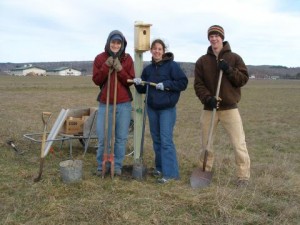
The Copper Country Audubon Club has awarded the Dr. Laurence Binford Youth Scholarship fund to Auriel Van Der Larr, a senior majoring in Wildlife Ecology and Management. This award will help support her travel to the Wildlife Society Conference this fall on the big island of Hawaii where she will present her work on determining the gender of Virginia Rails through statistical modeling.
Auriel is pictured on the left with other Bird Bum members Michelle Kroll and Kevin King.
